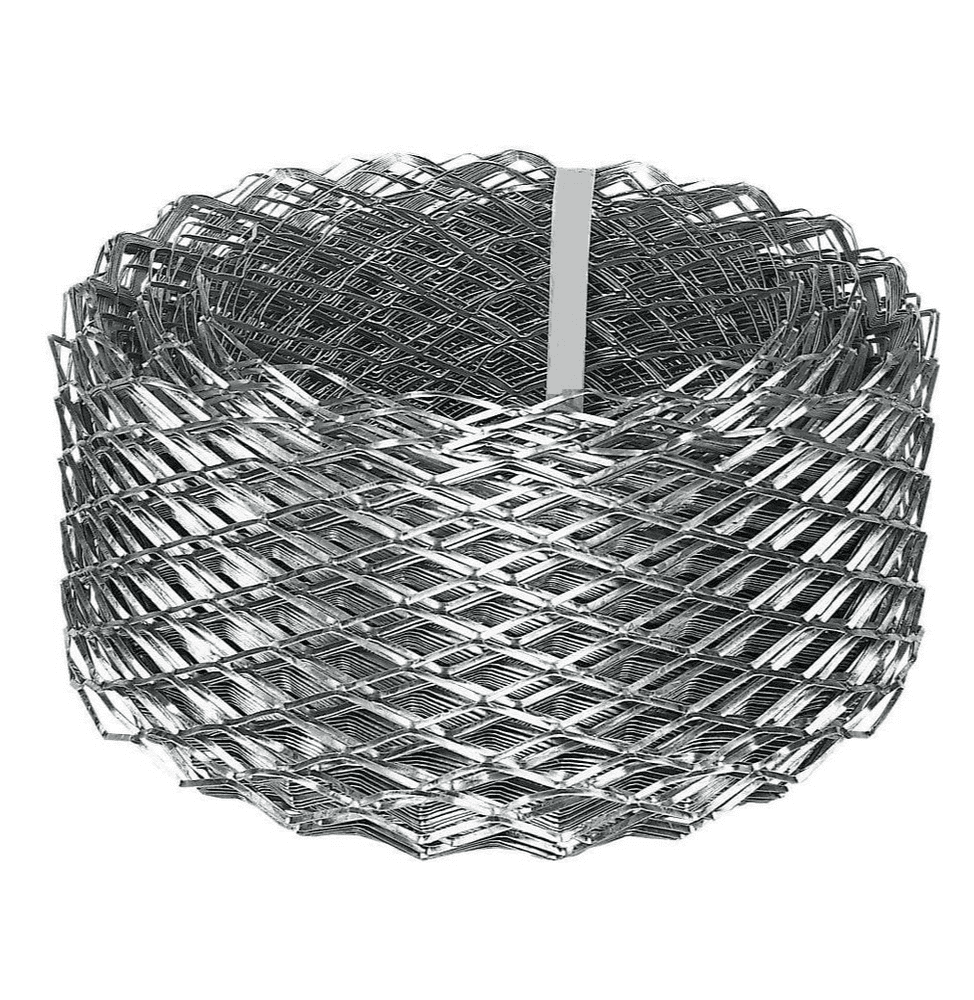
- Mobile Phone
- +8613931874955
- sales@cntcmetal.com
Guidelines for Properly Installing Brick Ties in Construction Projects for Enhanced Stability and Durability
Installing Brick Ties Ensuring Structural Integrity and Longevity
Brick ties, or brick anchors, are crucial elements in the construction of brick masonry structures that ensure stability and longevity. These components, often made of galvanized steel, are designed to connect the brick veneer to the underlying structural framework, typically composed of wood or metal studs. Proper installation of brick ties significantly enhances the integrity of a building and helps prevent issues such as moisture penetration and structural failure. In this article, we will explore the importance of brick ties, the process of their installation, and best practices to ensure they fulfill their intended purpose.
Importance of Brick Ties
The primary function of brick ties is to secure the brick veneer to the frame of a building, ensuring that it remains stable and fixed against wind pressure, thermal expansion, and vibration. Without sufficient ties, the brickwork could become loose over time, leading to cracks, bulging, or even collapse. Moreover, brick ties help in distributing the weight of the brick veneer evenly across the structure, preventing localized stress that could damage the framing.
Additionally, brick ties facilitate moisture drainage and air circulation within the wall system. This ventilation helps prevent the accumulation of moisture behind the brick, which can lead to mold growth or deterioration of both the brick and the supporting structure. In summary, brick ties play a vital role in the overall safety, durability, and functionality of brick masonry.
Installation Process
Installing brick ties involves several critical steps that must be carefully followed to ensure their effectiveness
1. Planning and Preparation Before installation, it's essential to assess the building's structural framework and establish the specifications for tie spacing. Generally, ties should be installed every 16 to 24 inches vertically and tied to every stud horizontally. The choice of tie spacing can depend on local building codes and the specific design of the masonry wall.
installing brick ties

2. Selecting the Right Ties Depending on the project’s requirements, various types of brick ties are available. Galvanized steel ties are commonly used for their ability to resist rust and corrosion. Stainless steel ties are also an option for areas prone to moisture.
3. Drilling and Installation Once the ties have been selected, the installation process begins. Start by drilling holes through the mortar joints in the brick veneer. This helps to ensure that the ties have a secure anchor point. The ties should be positioned such that they are embedded into the horizontal joints of the brickwork and extend into the framing system.
4. Secure the Ties Use appropriate fasteners to secure the ties to the studs or framing members behind the brick veneer. Make sure that the ties are properly aligned and spaced according to the pre-determined plan.
5. Inspect and Test After installation, conduct a thorough inspection to ensure that all ties are correctly installed and securely fastened. Look for any signs of misalignment, corrosion, or damage that could compromise the integrity of the wall system.
Best Practices
To ensure that brick ties perform effectively, it is important to follow these best practices
- Always follow local building codes and guidelines regarding brick tie installation. - Ensure that there is adequate moisture management in the wall assembly to prevent long-term issues. - Regularly inspect brick ties and masonry walls for signs of wear or damage, particularly after severe weather events. - Use quality materials that are resistant to corrosion and wear.
In conclusion, installing brick ties is a fundamental aspect of masonry construction that should not be overlooked. By properly securing brick veneers to the structural framework, these components play a vital role in maintaining the safety and durability of buildings. With careful attention to installation practices and ongoing maintenance, brick ties can provide a long-lasting solution for resilient and sturdy architectural designs.
share:
-
Your Source for Concrete Wall Ties and Masonry AccessoriesNewsJul.10,2025
-
Unlocking the Power of Iron Wire for Every ProjectNewsJul.10,2025
-
Explore Advanced Chain Wire and Stainless Steel Mesh FencingNewsJul.10,2025
-
Discover the Benefits of Annealed Wire ProductsNewsJul.10,2025
-
Discover China Stainless Steel Wire Mesh SolutionsNewsJul.10,2025
-
Build with Confidence Using High-Performance Masonry AccessoriesNewsJul.10,2025
-
Why Sacrificial Formwork Is Redefining Underground ConstructionNewsJun.06,2025



















